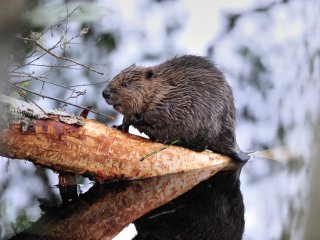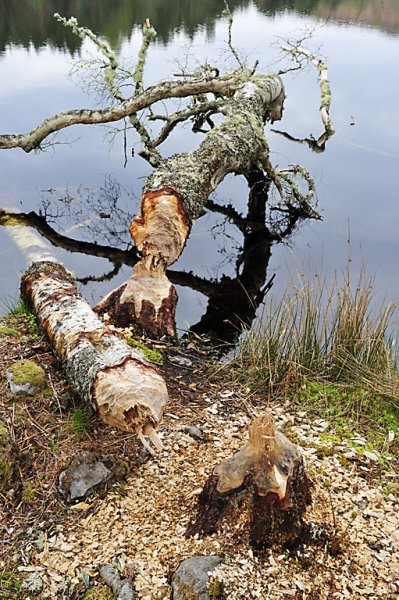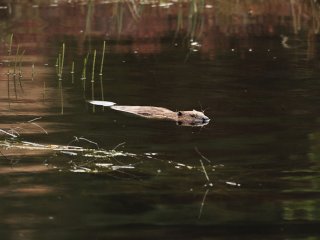Why we should be welcoming back Scottish Beavers
The Scottish Government is due to take an important decision this autumn – to accept the presence of European beavers in Scotland as a native animal, and encourage further re-introductions to spread their beneficial effects, improving the genetic baseline of the population… or not.
The latter course would seem to be perverse, as the Tay catchment population spreads and consolidates. The Knapdale Trial has shown through exhaustive survey and monitoring that European beavers, on balance, have a significant beneficial effect on aquatic biodiversity. Arguments continue about the impacts on migratory fish populations (salmon and seatrout) but experience from the rest of the European continent, including Norway, surely shows that beavers and sport fishing for salmon seem perfectly able to co-exist.

We appear always to be suspicious of change. As with much of the way our landscape appears to us today, we seem caught in the present-perfect paradigm – “the way things are now is the best they can be”
Scottish Environment Minister, Aileen McLeod, needs to grasp the opportunity to improve freshwater catchment quality, boost biodiversity and increase opportunities for eco-tourism by saying “Yes!” to beavers. There is little doubt that beavers will bring with them issues for individual land owners and managers. Yes, they fell waterside trees, burrow into river banks and build dams which raise water levels in places, and these issues need to be addressed by government when taking their decision. But again, experience in Europe shows that this is manageable within reasonable resources. And against this “nuisance” factor, needs to be placed the proven value of beavers in creating upstream wetlands that ameliorate downstream flash flooding, improving water quality and aquatic biodiversity at a catchment level (something that water companies and local governments are currently engaged in spending many millions of our taxpayers money on). This, in turn, creating opportunities for wildlife encounters which stimulates both local pride and local incomes.

Beavers are not the whole solution to these issues but they will certainly help things! Recent flooding in the Perthshire town of Alyth was blamed on beavers because beaver-chewed sticks were found in the debris that blocked a bridge in the town that lead to serious damage to shops and houses there. Subsequent investigations found that beaver dams upstream were intact after the flooding, and had most likely caused a significant reduction in downstream damage.
We appear always to be suspicious of change. As with much of the way our landscape appears to us today, we seem caught in the present-perfect paradigm – “the way things are now is the best they can be”. Trees for Life knows that this is not true for our de-nuded upland landscapes, devoid of natural tree cover. We also believe that the embracing of the return of beavers to Scotland is a good thing that will help rewild our wetlands to the lasting benefit of everyone.
Come on, Aileen – say “YES!” to Scottish beavers!
We need to raise £15,000 for our Bring Back the Beavers project.
Your support now, by donating to our appeal, will allow us to:
- Carry out detailed site assessments.
- Share our findings with local communities.
- Carry out further beaver habitat restoration work.

